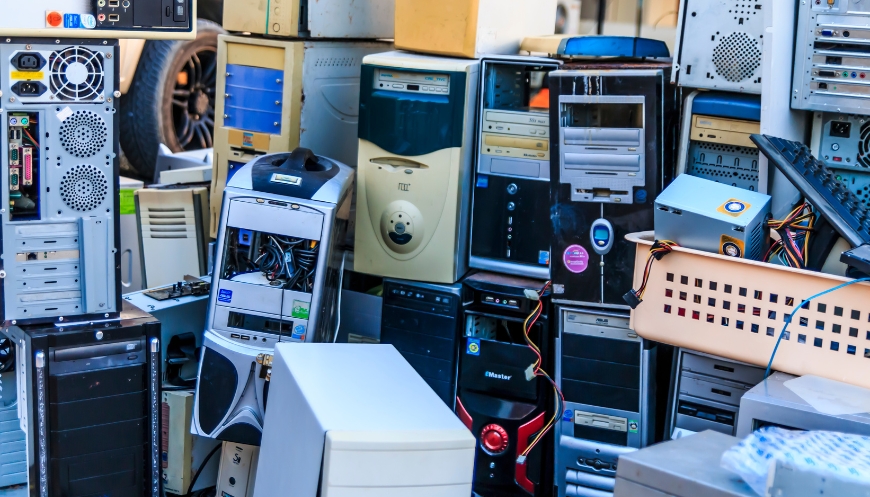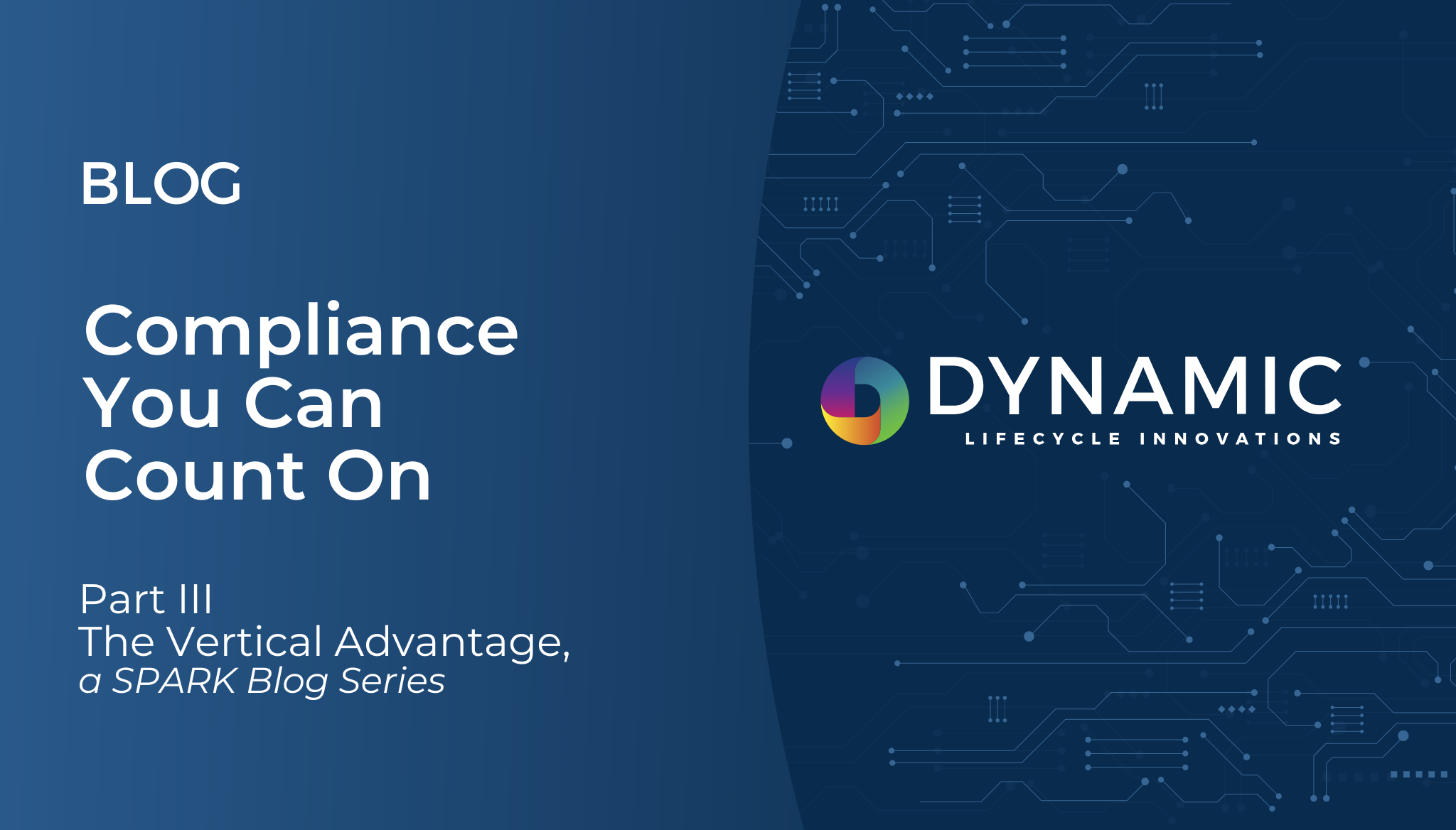As technology rapidly evolves, businesses and consumers frequently upgrade their electronic devices, leading to a significant accumulation of outdated electronics. Understanding the journey of these devices through the e-waste recycling process is crucial for recognizing the environmental and economic benefits of responsible disposal. This article demystifies the e-recycling process, detailing each step from collection to the transformation of old electronics into valuable raw materials.
1. Collection and Transportation
The e-recycling process begins with the collection of obsolete electronic devices. Businesses and consumers can drop off their e-waste at designated recycling bins, participate in take-back programs, or utilize scheduled pick-up services. Once collected, these devices are transported to certified recycling facilities for processing.
2. Sorting and Dismantling
Upon arrival at the recycling facility, the e-waste undergoes manual sorting to separate items based on type and condition. Devices are assessed to determine if they can be refurbished for resale or need to be dismantled for material recovery. Hazardous components, such as batteries and mercury-containing items, are carefully removed to prevent environmental contamination.
3. Shredding and Size Reduction
After dismantling, the remaining components are fed into industrial shredders that break them down into smaller fragments, typically ranging from 2 to 6 inches in diameter. This size reduction facilitates the efficient separation of materials in subsequent steps.
4. Separation of Materials
The shredded e-waste is subjected to various separation techniques to isolate different materials:
- Magnetic Separation: Powerful magnets extract ferrous metals like steel and iron from the shredded material stream.
- Eddy Current Separation: Non-ferrous metals such as aluminum and copper are separated using eddy currents, which induce a magnetic field that repels these materials from the conveyor belt.
- Water Separation: Certain facilities use water-based techniques to separate glass from plastics based on their differing densities.
- Manual and Automated Sorting: Advanced technologies, including infrared sensors and air jets, identify and separate specific plastics and other materials.
5. Recovery and Purification of Materials
Once separated, the materials undergo further processing to purify them for reuse:
- Metals: Recovered metals are melted down and refined to remove impurities, producing high-quality raw materials suitable for manufacturing new products.
- Plastics: Plastics are cleaned, shredded further, and sometimes pelletized to be used in the production of new plastic items.
- Glass: Glass components, particularly from older devices like CRT monitors, are processed to remove contaminants and can be used in new glass products or as construction materials.
6. Responsible Disposal of Hazardous Materials
Hazardous substances extracted during the dismantling process, such as lead, mercury, and certain flame retardants, are handled with strict protocols to ensure they do not harm the environment. These materials are treated and disposed of in compliance with environmental regulations.
7. Manufacturing of New Products
The purified materials recovered from e-waste are supplied to manufacturers as raw materials for producing new electronic devices and other products. This closed-loop recycling reduces the need for virgin materials, conserves natural resources, and minimizes the environmental footprint of manufacturing.
The Importance of Choosing the Right Recycling Partner
Selecting a certified and reputable e-recycling partner is vital for ensuring compliance with environmental laws, safeguarding data security, and promoting sustainability. Dynamic Lifecycle Innovations offers comprehensive e-recycling solutions that adhere to the highest industry standards. By partnering with Dynamic, businesses can be confident that their e-waste is managed responsibly, with a focus on maximizing material recovery and minimizing environmental impact.
Conclusion
Understanding the e-waste recycling process highlights the significance of responsible disposal practices. By following a systematic approach—collection, sorting, dismantling, shredding, material separation, recovery, and manufacturing—old electronics are transformed into valuable resources, contributing to a sustainable circular economy. Businesses and consumers play a crucial role in this cycle by ensuring their e-waste is directed to certified recyclers like Dynamic Lifecycle Innovations, thereby supporting environmental stewardship and resource conservation.
View our upcoming E-Recycling Events and find an opportunity near you to make a sustainable impact.










